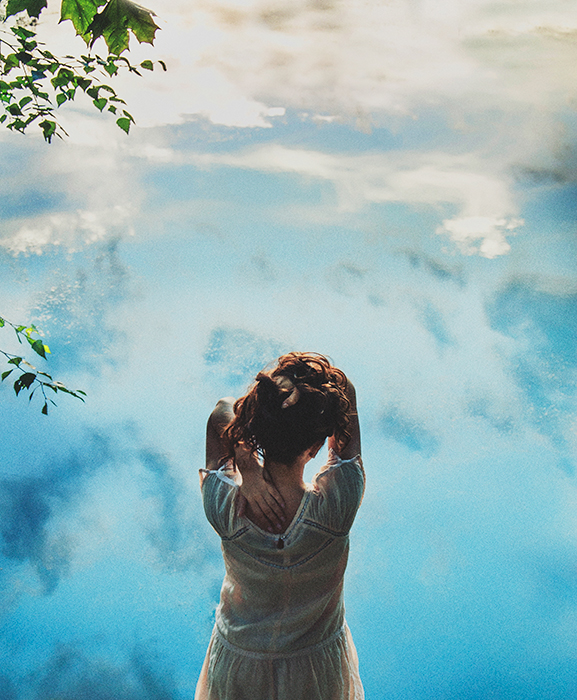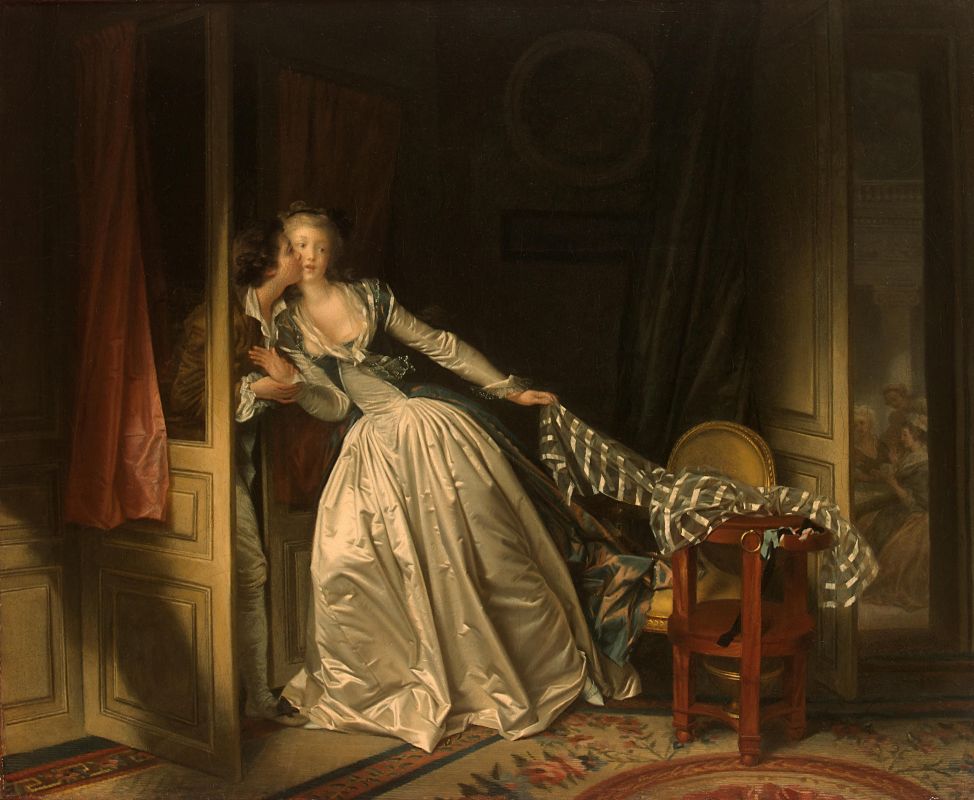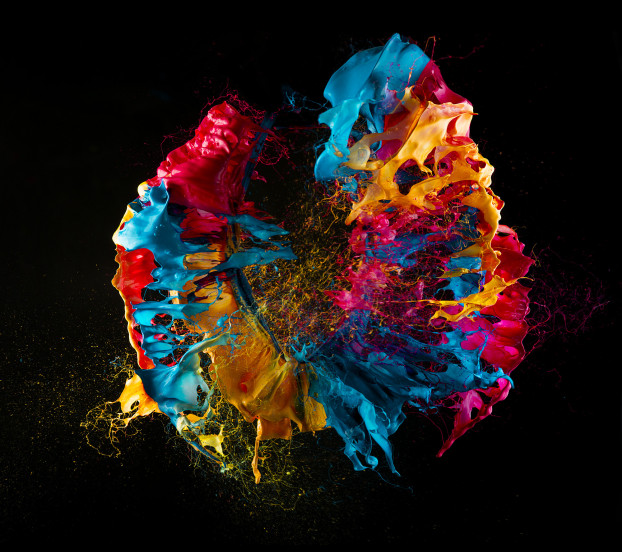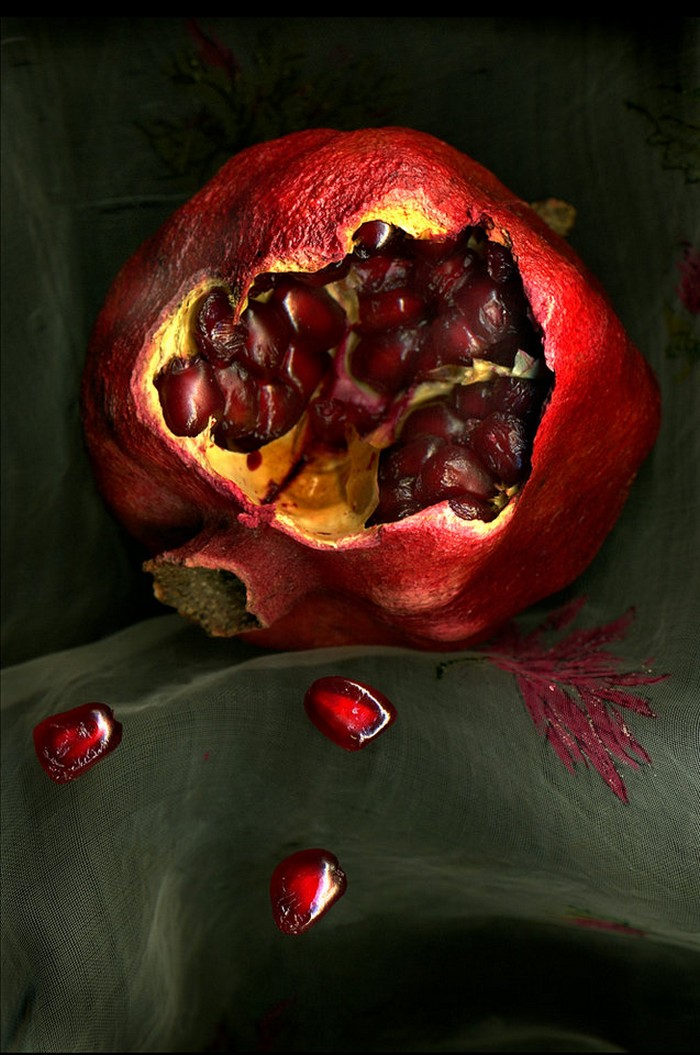archaeologist
Pleated fabric. Draperies as a symbol in art
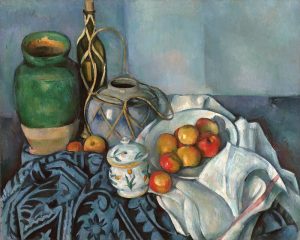 Folded fabric as a visual code accumulates a powerful expressive power. Since the beginnings of classical sculpture, drapery has been a powerful visual tool. In the Middle Ages, it appeared as a symbol of luxury and holiness. In our time, the fabric gathered in folds becomes a pure artistic element to which any representative interpretation can be applied.
Folded fabric as a visual code accumulates a powerful expressive power. Since the beginnings of classical sculpture, drapery has been a powerful visual tool. In the Middle Ages, it appeared as a symbol of luxury and holiness. In our time, the fabric gathered in folds becomes a pure artistic element to which any representative interpretation can be applied.
It is considered that drapery “elevates” any object and makes it more beautiful. Not only because it is beautiful in itself, but also because of a long tradition that has come down to us since ancient times, in the form of an endless series of works of art Continue reading
Rococo – gloss of the XVIII century
 Rococo is called the most frivolous and thoughtless of all styles in art. Why then is rococo so significant for Russian visual culture? Why does the definition of the word “Rococo” sound so exotic for our ear – “rococar”? What is the main difference between rococo and baroque, which people of little knowledge often confuse? Finally, why is rococo the direct and immediate ancestor of modern glossy culture? All of this will be discussed below.
Rococo is called the most frivolous and thoughtless of all styles in art. Why then is rococo so significant for Russian visual culture? Why does the definition of the word “Rococo” sound so exotic for our ear – “rococar”? What is the main difference between rococo and baroque, which people of little knowledge often confuse? Finally, why is rococo the direct and immediate ancestor of modern glossy culture? All of this will be discussed below.
Rococo was born in France of the eighteenth century, although the name itself would legitimize only the next century, the nineteenth.
The style got its name from the French word rocaille – shell or sink. Since ancient times, artificial grottoes and bowls of fountains have been decorated with shells, and later, ornaments repeating the twisted, rounded outlines of sinks began to be actively used in the interior design. By the XVIII century, interest in them only grew. Continue reading
Fayum portraits
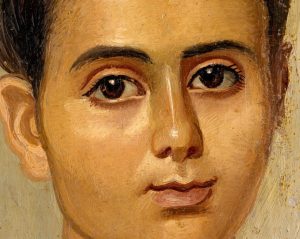 These amazing works of art, which are often called “icons before icon painting”, are not just historical values. They can serve as a magnificent and impressive illustration of the mutual penetration of cultures.
These amazing works of art, which are often called “icons before icon painting”, are not just historical values. They can serve as a magnificent and impressive illustration of the mutual penetration of cultures.
The Fayum portraits were created for the ritual of burial in ancient Egypt during the times of Roman rule of the first and third centuries of our era.
The first find in the Fayum oasis in 1887 assigned them the name Fayum. Portraits continued to be called, even discovering similar treasures in other parts of Egypt. To date, about 750 ancient masterpieces have been collected. Continue reading
